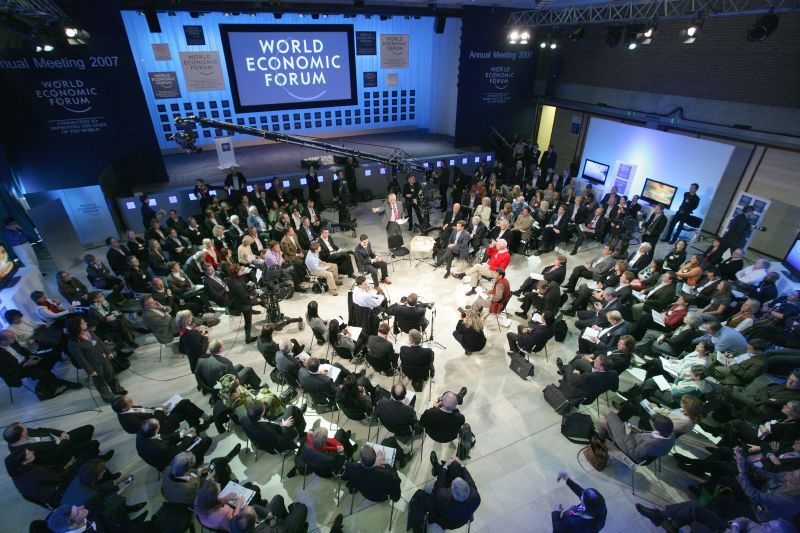Davos report urges private sector investment to avoid costs of climate change
The World Economic Forum has published a report indicating that increased public sector investment could provide the capital needed to help avoid the significant economic impact caused by climate change. An increase in public sector investment by approximately US $35 billion annually could provide the boost needed to close the green investment gap worldwide, leading to sustainable economic growth that attains global climate change goals.

The World Economic Forum has published a report indicating that increased public sector investment could provide the capital needed to help avoid the significant economic impact caused by climate change.
An increase in public sector investment by approximately US $35 billion annually could provide the boost needed to close the green investment gap worldwide, leading to sustainable economic growth that attains global climate change goals.
At a time when natural disasters and extreme weather events are increasingly frequent, governments are seeking new solutions to adapt to and mitigate the impacts of climate change. This investment could help stabilise global temperatures and would cost less than the US$ 50 billion recently approved by the United States Congress for reconstruction in the wake of Hurricane Sandy.
According to The Green Investment Report: The Ways and Means to Unlock Private Finance for Green Growth launched today in Davos, if the public sector increased its annual investment by $36 billion, up from a current spending level of US$ 96 billion, it could mobilise up to US$570 billion in private capital. This would address the US$700 billion in investment that the report estimates is needed to tackle what is arguably the most pressing threat to the global economy.
Climate change is already causing 5 million deaths a year and is costing the global economy more than US$1.2 trillion (or 1.6 per cent in annual global GDP), according to the Climate Vulnerable Forum. The price tag in the United States alone in 2012 for weather-related disasters was over US$110 billion.
By 2030, the cost of climate change and air pollution combined is estimated to rise to 3.2 per cent of global GDP, with the world’s least-developed countries expected to bear the brunt, suffering losses of up to 11 per cent of their GDP, the report notes.
The report highlights the example of the World Bank’s US$6 billion in climate technology funds, which for every public dollar invested have attracted US$8 in co-financing. Increased investments in green energy and infrastructure can drive sustainable development, reduce greenhouse gas emissions and lead to global economic growth. Governments need to target public finance to attract private capital to green investment through measures such as guarantees, insurance products and incentives, combined with the right policy support.
Such investments are urgently needed to avoid the potentially devastating impacts of climate change and extreme weather events as witnessed in many parts of the world in 2012. Scientists agree that extreme weather has become the “new norm” and comes at a huge, and rising, cost to the global economic system.
Without further action, the world could see a rise in average global temperatures by 4ºC by the end of the century. According to scientists, this could lead to further devastating impacts, including extreme heat waves, more intense tropical storms, declining global food stocks and a sea-level rise affecting hundreds of millions of people.
The climate crisis is an investment opportunity that can provide much needed employment and community benefits, says the report. The past two decades have seen considerable progress in creating profitable markets for green technologies, with global investment in renewable energy in 2011 up 17 per cent on 2010 to US$257 billion. The report also finds that developing countries are playing a much larger role in powering the transition, providing evidence that countries do not need to give up their growth aspirations to advance strong domestic markets in climate-friendly technologies.




